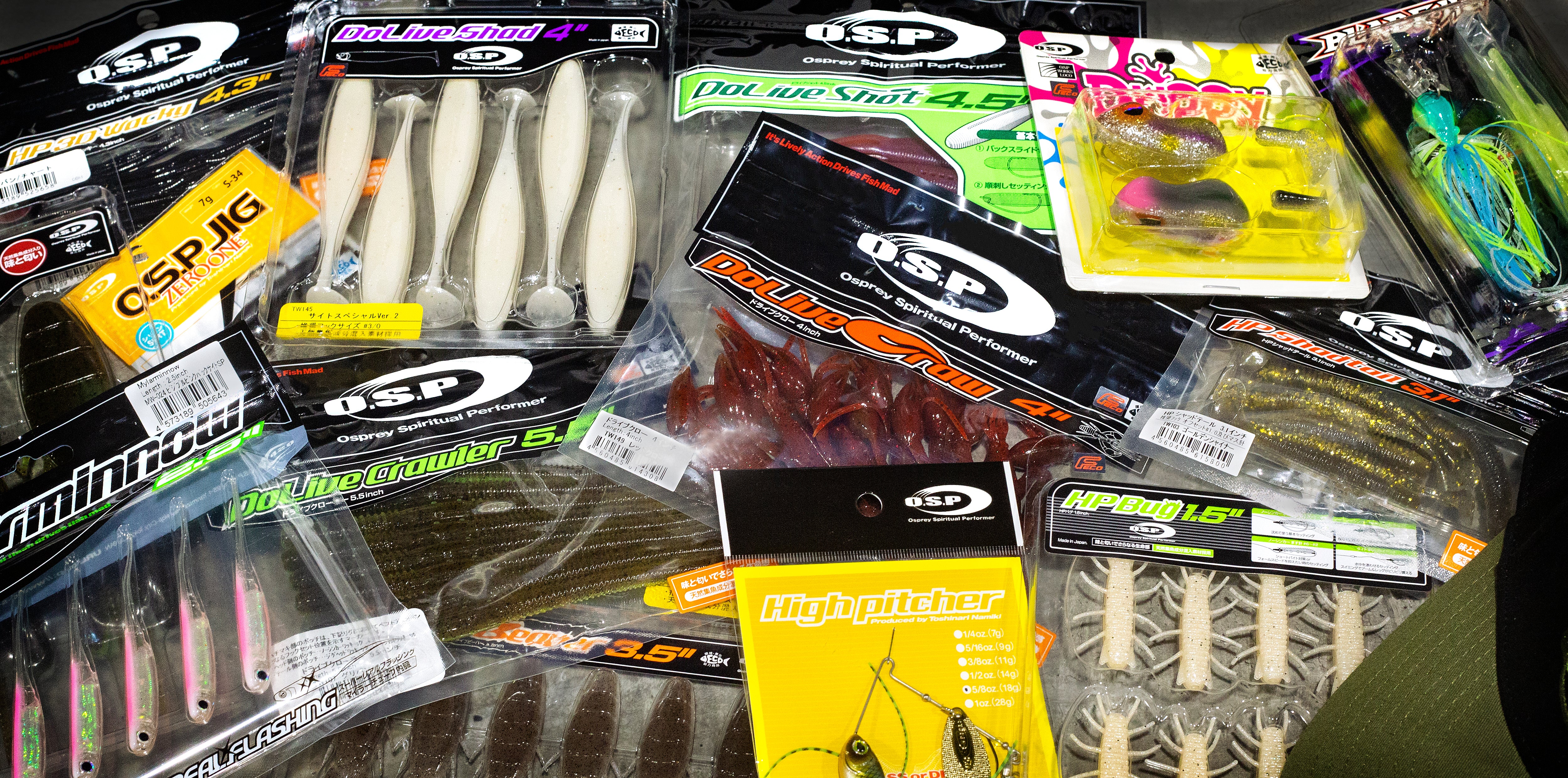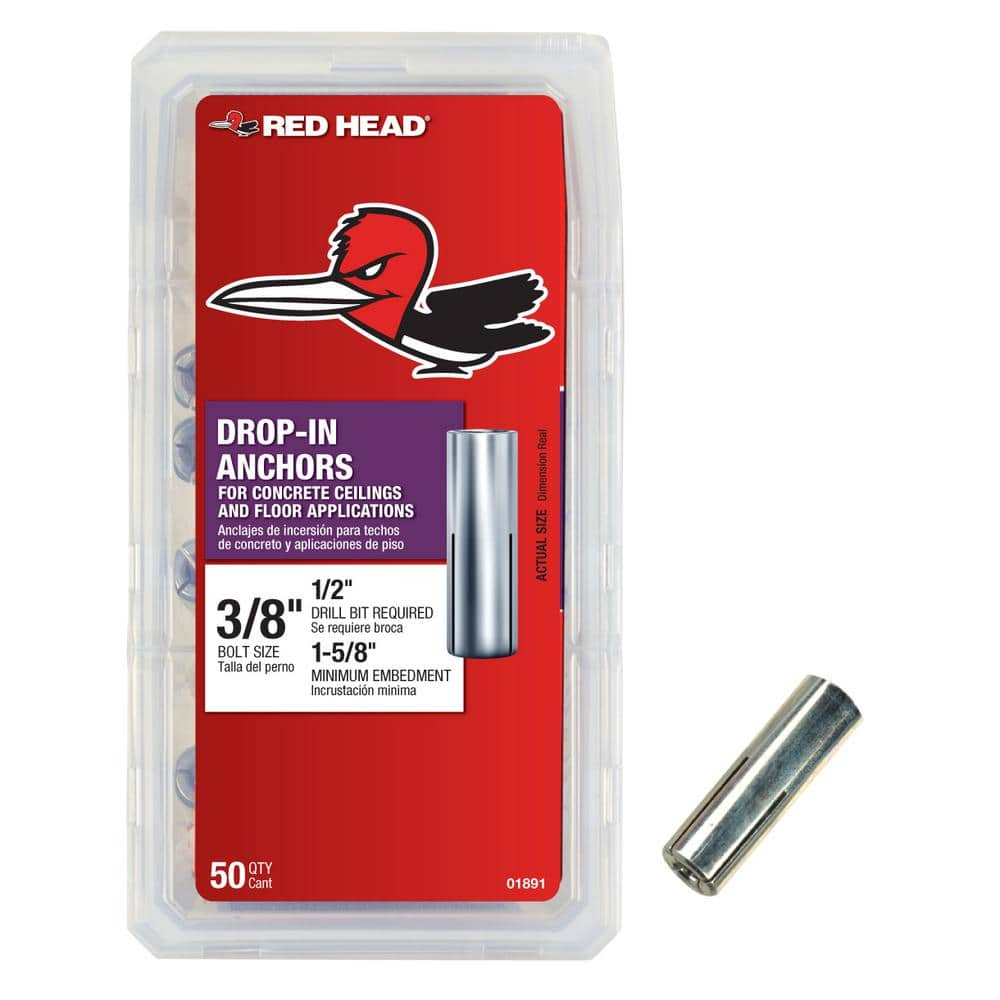Drop Trucks For Sale: Your Comprehensive Guide to Finding the Right Hauling Solution pickup.truckstrend.com
In the dynamic world of construction, landscaping, waste management, and agriculture, efficiency and reliability are paramount. At the heart of many successful operations lies a workhorse capable of handling heavy loads and precise material delivery: the drop truck. More commonly known as a dump truck or tipper truck, these versatile vehicles are engineered to transport loose materials such as sand, gravel, dirt, demolition debris, and more, efficiently discharging their contents by raising their hydraulically-powered bed.
The market for "drop trucks for sale" is vast and varied, catering to a spectrum of needs from small-scale contractors to large industrial enterprises. Whether you’re looking to expand your fleet, replace an aging vehicle, or embark on a new venture, understanding the intricacies of these machines is crucial. This comprehensive guide will navigate you through the world of drop trucks, offering insights into their types, benefits, purchasing considerations, maintenance, and much more, ensuring you make an informed and strategic investment.
Drop Trucks For Sale: Your Comprehensive Guide to Finding the Right Hauling Solution
Understanding the "Drop" in Drop Trucks: Mechanics and Functionality
At its core, a drop truck’s defining feature is its ability to "drop" or dump its load. This is achieved through a sophisticated hydraulic system that lifts the front of the truck’s bed, allowing gravity to release the contents from the rear tailgate. The mechanism typically involves:
- The Chassis: The robust frame that forms the foundation of the truck, designed to withstand immense weight and stress.
- The Dump Body: This is the open-box bed, usually made of heavy-duty steel or aluminum, designed to contain the materials. Its shape and material can vary based on the intended load (e.g., rounded for sticky materials, reinforced for rocky debris).
- The Hydraulic System: The brain and brawn behind the "drop." It consists of a hydraulic pump (often powered by the truck’s engine via a Power Take-Off or PTO), hydraulic cylinders, hoses, and a reservoir for hydraulic fluid. When activated, the pump forces fluid into the cylinders, extending them and lifting the dump body.
- The Pivot Point: The rear of the dump body is hinged to the truck’s frame, allowing it to pivot upwards while the front elevates.
- The Tailgate: A critical component that typically latches securely during transport and unlatches (either manually or automatically) during the dumping process. Some tailgates swing open, while others are "high-lift" gates designed to clear larger piles.

This integrated system allows for rapid and controlled unloading, significantly reducing manual labor and improving operational efficiency on job sites.
The Diverse World of Drop Trucks: Types and Applications
The term "drop truck" encompasses a wide array of specialized vehicles, each designed to excel in particular environments and tasks. Understanding these categories is vital for identifying the perfect fit for your operations:
-
Standard Dump Trucks: These are the most common type, characterized by their open-box bed and hydraulic lift. They come in various axle configurations:
- Single Axle: Lighter duty, typically used for smaller jobs or landscaping.
- Tandem Axle: The workhorse of construction, with two rear axles for increased weight capacity, suitable for hauling aggregates, sand, and dirt.
- Tri-Axle/Quad-Axle: For maximum payload capacity, often seen in large-scale construction, mining, and aggregate transport, designed to distribute heavy loads over more axles to comply with road weight limits.

-
Articulated Dump Trucks (ADTs): Distinct from standard dump trucks, ADTs feature an articulated hinge between the cab and the dump body, allowing them to navigate extremely rough and uneven terrain with superior maneuverability. They are prevalent in mining, quarrying, and large infrastructure projects where off-road capability is paramount.
-
Roll-Off Trucks: These trucks don’t "dump" in the traditional sense but rather use a hydraulic cable or hook system to load and unload large, detachable containers (dumpsters). They are indispensable in waste management, demolition, and recycling industries, offering immense versatility for handling various waste streams.
-
Hook Lift Trucks: A more advanced variant of the roll-off, hook lift trucks utilize a hydraulically operated hook arm to pick up, set down, and dump various types of containers and bodies. Their primary advantage is the speed and ease with which different bodies can be interchanged, making them incredibly versatile for operations requiring multiple container types or specialized attachments.
-
Side Dump Trucks: Less common but highly specialized, side dump trucks tilt their bed to the side to unload materials. This design is beneficial in situations where space is limited or where material needs to be spread alongside a road or trench. They are often used in road construction and rail projects.
-
Transfer Dump Trucks: A combination of a standard dump truck pulling a separate trailer, also with a dump body. The "transfer" part refers to the ability to transfer the load from the main truck’s bed to the trailer’s bed, allowing for increased payload capacity while maintaining maneuverability.
-
Tipper/Drop-Side Trucks: Often smaller, these trucks (sometimes based on light commercial vehicles or pick-up trucks) have beds that can be tilted for dumping, and often feature removable or hinged sides for easier manual loading and unloading. They are popular among landscapers, small contractors, and municipal services.

Each type offers unique advantages, and the choice depends heavily on the specific tasks, volume of material, terrain, and regulatory requirements of your business.
Benefits of Investing in a Drop Truck
The acquisition of a drop truck is a significant investment, but one that offers substantial returns through enhanced operational capabilities and efficiency:
- Increased Productivity & Efficiency: Drop trucks dramatically reduce the time and labor required to move and unload bulk materials compared to manual methods or less specialized equipment. Faster turnaround times mean more jobs completed in a day.
- Versatility: From hauling aggregates to construction debris, topsoil, or mulch, a single drop truck can serve multiple purposes across various projects, making it a highly adaptable asset.
- Cost-Effectiveness: While the initial outlay can be considerable, the long-term savings in labor costs, reduced reliance on third-party hauling services, and the ability to take on more projects can lead to a rapid return on investment.
- Safety: Modern drop trucks incorporate safety features that minimize risks associated with material handling. Controlled hydraulic dumping reduces the need for manual shoveling in hazardous environments.
- Enhanced Professionalism: Owning the right equipment signals professionalism and capability to clients, potentially opening doors to larger, more lucrative contracts.
- Revenue Generation: For many businesses, a drop truck isn’t just an expense but a direct source of income, either through contract hauling or by facilitating core business operations.
Navigating the Market: How to Choose the Right Drop Truck
Selecting the ideal drop truck requires careful consideration of several critical factors to align the vehicle with your operational needs and budget:
-
Assess Your Needs First:
- Payload Capacity: What is the maximum weight and volume of material you typically need to transport? This will dictate the required GVWR (Gross Vehicle Weight Rating) and GCWR (Gross Combination Weight Rating).
- Material Type: Will you primarily haul sand, gravel, demolition debris, or wet materials? This influences the ideal dump body material (steel for durability, aluminum for weight savings and fuel efficiency) and shape.
- Terrain: Will the truck operate mainly on paved roads, construction sites, or extreme off-road conditions? This determines whether you need a standard dump, an ADT, or specific tire configurations.
- Regulations: Understand local and state weight limits, axle regulations, and licensing requirements (CDL may be needed for heavier trucks).
- Budget: Determine your financial comfort zone for purchase, maintenance, insurance, and fuel.
-
Key Specifications to Consider:
- Engine & Transmission: Look for a robust engine with sufficient horsepower and torque for your hauling needs. Evaluate fuel efficiency and transmission type (manual vs. automatic) based on operator preference and common driving conditions.
- Axle Configuration: As discussed, single, tandem, tri-axle, or even quad-axle setups dictate payload capacity and weight distribution.
- Dump Body Type & Material: Steel offers superior strength and abrasion resistance, ideal for rocky materials. Aluminum is lighter, improving fuel economy and allowing for higher legal payloads, but is less resistant to impact. Body shapes like elliptical or half-round beds prevent material from sticking.
- Hydraulic System: Inspect the pump, cylinders, hoses, and fluid levels. A well-maintained hydraulic system is paramount for reliable operation.
- Tires & Brakes: Critical for safety and performance. Ensure tires are suitable for the intended application and brakes are in excellent condition.
- Additional Features: Consider features like automated tarp systems (for securing loads and compliance), plows or spreaders (for winter work), specialized hitches, and cab amenities for operator comfort and safety.
The Buying Process: Tips for Acquiring a Drop Truck
The decision between buying new or used, and where to purchase, significantly impacts cost and long-term reliability.
New vs. Used:
- New Drop Trucks: Offer the latest technology, full warranties, customizable options, and peace of mind regarding mechanical condition. However, they come with a significantly higher price tag and immediate depreciation.
- Used Drop Trucks: A more budget-friendly option, offering substantial savings. The market is vast, allowing for a wide selection. The trade-off is potential wear and tear, lack of warranty (or limited), and the need for thorough inspection and due diligence.
Where to Buy:
- Authorized Dealerships: Offer new trucks, certified used trucks, financing options, and after-sales support.
- Heavy Equipment Auctions: Can offer good deals, but require extensive knowledge to spot potential issues, as trucks are often sold "as-is."
- Online Marketplaces/Classifieds: Sites like TruckPaper, CommercialTruckTrader, and Ritchie Bros. provide a broad reach for both new and used listings from dealers and private sellers.
- Private Sellers: May offer lower prices but often come with no warranties and require careful vetting.
Crucial Buying Tips:
-
Thorough Inspection (Especially for Used): This is non-negotiable.
- Engine & Transmission: Check for leaks, unusual noises, smoke, and smooth shifting.
- Hydraulic System: Inspect cylinders for leaks, hoses for cracks, and ensure smooth operation of the dump mechanism.
- Frame & Body: Look for cracks, excessive rust (especially on the frame rails), structural damage, and condition of the dump body.
- Brakes & Tires: Check pad/shoe thickness, rotor/drum condition, tire tread depth, and uneven wear.
- Electrical System: Test all lights, gauges, and warning systems.
- Suspension: Look for worn springs, shocks, or air bags.
- Undercarriage: Assess for damage from off-road use.
- Cab Interior: Check for wear, functionality of controls, and overall condition.
- Get a Professional Inspection: If possible, hire an independent heavy equipment mechanic to perform a pre-purchase inspection.
-
Review Maintenance Records: For used trucks, a detailed service history is invaluable, indicating how well the truck has been cared for.
-
Test Drive: Always test drive the truck under conditions similar to how you’d use it, including operating the dump mechanism. Listen for unusual noises and feel for any issues with steering, braking, or acceleration.
-
Legal & Financial Considerations:
- Licensing & Permits: Ensure you understand the specific CDL requirements and any local hauling permits needed.
- Insurance: Obtain comprehensive commercial insurance.
- Financing: Explore loan options from banks, credit unions, or equipment finance companies.
- Warranty: Understand any remaining manufacturer warranties or extended warranty options for used trucks.
Maintaining Your Investment: Essential Care for Drop Trucks
Proper maintenance is the cornerstone of longevity and reliability for any heavy equipment, especially a drop truck. Neglect can lead to costly downtime and premature wear.
- Regular Fluid Checks & Changes: Engine oil, transmission fluid, hydraulic fluid, coolant, and differential fluids must be checked regularly and changed according to manufacturer specifications.
- Greasing: All pivot points, kingpins, universal joints, and suspension components require regular greasing to reduce friction and wear.
- Brake System Maintenance: Regular inspection and replacement of brake pads/shoes, drums/rotors, and air system components are critical for safety.
- Tire Management: Maintain correct tire pressure, rotate tires, and inspect for cuts, bulges, and uneven wear. Proper alignment is also key.
- Hydraulic System Care: Inspect hoses for leaks or cracks, cylinders for scoring, and the pump for efficiency. Keep the hydraulic fluid clean and at the correct level.
- Body & Chassis Inspection: Regularly inspect the dump body for cracks, dents, and rust. Check the chassis for structural integrity, especially weld points and stress areas.
- Electrical System Checks: Ensure all lights, gauges, and safety systems are functioning correctly.
- Adhere to Service Schedules: Follow the manufacturer’s recommended service intervals for major components and overall preventative maintenance.
Challenges and Solutions in Drop Truck Ownership
While indispensable, owning a drop truck comes with its own set of challenges:
- High Initial Cost:
- Solution: Explore financing options (loans, leases), consider well-maintained used trucks, or look into rent-to-own programs.
- Maintenance & Downtime:
- Solution: Implement a rigorous preventative maintenance schedule, invest in operator training, establish relationships with skilled heavy equipment mechanics, and consider maintaining a small inventory of common spare parts.
- Fuel Consumption:
- Solution: Optimize routes, train operators on fuel-efficient driving techniques, ensure proper tire pressure, and consider newer models with more fuel-efficient engines.
- Regulatory Compliance:
- Solution: Stay updated on local, state, and federal Department of Transportation (DOT) regulations, weight limits, and environmental standards. Invest in necessary permits and ensure drivers are properly licensed.
- Operator Training & Safety:
- Solution: Provide comprehensive training on safe operation, loading/unloading procedures, pre-trip inspections, and emergency protocols. Emphasize the use of Personal Protective Equipment (PPE).
Drop Trucks For Sale: Representative Price Guide
The price of a drop truck can vary dramatically based on its type, age, condition, make, model, mileage, features, and regional market demand. The table below provides estimated ranges to give you a general idea. These figures do not include taxes, registration, delivery, or additional customization costs.
| Truck Type / Condition | Payload Capacity (Approx.) | Common Applications | Estimated Price Range (USD) | Key Features / Notes |
|---|---|---|---|---|
| Used Standard Dump Truck | 10-20 tons (single/tandem) | Construction, Landscaping | $25,000 – $80,000+ | Varies greatly by age, mileage, and condition. Older models more affordable. |
| New Standard Dump Truck | 10-25+ tons (single/tandem) | Construction, Aggregate Hauling | $120,000 – $250,000+ | Modern engines, advanced safety, full warranty, customizable. |
| Used Roll-Off Truck | 20-30 tons | Waste Management, Demolition | $40,000 – $120,000+ | Cable or hook system; condition of hydraulics is key. |
| New Roll-Off Truck | 20-30 tons | Waste Management, Recycling | $180,000 – $300,000+ | Enhanced hydraulics, operator comfort, greater reliability. |
| Used Articulated Dump Truck (ADT) | 25-45 tons | Mining, Heavy Construction | $80,000 – $250,000+ | Designed for extreme off-road conditions; check drivetrain. |
| New Articulated Dump Truck (ADT) | 25-60+ tons | Mining, Large Infrastructure | $300,000 – $700,000+ | High capacity, rugged design, sophisticated controls. |
| Used Light-Duty Tipper/Drop-Side | 1-5 tons (often commercial chassis) | Landscaping, Small Contractors | $15,000 – $45,000+ | Based on pickup/van chassis; check frame for rust. |
| New Light-Duty Tipper/Drop-Side | 1-7 tons | Municipal Services, Home Services | $50,000 – $100,000+ | Compact, fuel-efficient options, ideal for tight spaces. |
| Used Hook Lift Truck | 15-25 tons | Versatile Container Transport | $60,000 – $150,000+ | Quick body interchange; inspect hook mechanism & hydraulics. |
| New Hook Lift Truck | 15-30 tons | Commercial Waste, Recycling | $200,000 – $350,000+ | High efficiency, customizable for various container types. |
Disclaimer: These prices are approximate estimates and can fluctuate significantly based on market conditions, manufacturer, specific features, and the overall condition of the vehicle. Always verify current market values and obtain detailed quotes.
Frequently Asked Questions (FAQ) About Drop Trucks For Sale
Q1: What is the primary difference between a "drop truck" and a "dump truck"?
A1: The terms "drop truck" and "dump truck" are generally used interchangeably to refer to the same type of vehicle. "Drop truck" emphasizes the action of "dropping" the load, while "dump truck" focuses on the "dumping" function. Both refer to a truck with a hydraulically operated open-box bed for transporting and discharging loose materials.
Q2: How much does a new drop truck typically cost?
A2: As shown in the price table, a new drop truck can range from $50,000 for a light-duty tipper to over $700,000 for a heavy-duty articulated dump truck. Standard new tandem-axle dump trucks usually fall in the $120,000 to $250,000 range, depending on make, model, and specifications.
Q3: What are the most critical things to inspect when buying a used drop truck?
A3: Focus on the engine (leaks, smoke, noises), transmission (smooth shifting), hydraulic system (leaks, cylinder condition, pump efficiency), frame (cracks, excessive rust), dump body (structural integrity, floor wear), and brakes/tires. Always review maintenance records and ideally get a professional mechanic to inspect it.
Q4: Do I need a special license (CDL) to drive a drop truck?
A4: Yes, in most regions, if the Gross Vehicle Weight Rating (GVWR) of the drop truck exceeds a certain threshold (e.g., 26,001 lbs in the U.S.), or if it’s part of a combination vehicle that exceeds this weight, a Commercial Driver’s License (CDL) will be required. Specific endorsements may also be necessary depending on the load or vehicle type. Always check your local Department of Motor Vehicles (DMV) or equivalent authority for precise requirements.
Q5: What is the typical lifespan of a drop truck?
A5: With proper maintenance and responsible operation, a well-built drop truck can have a lifespan of 10 to 20 years or even more, accumulating hundreds of thousands of miles and thousands of engine hours. The hydraulic system and dump body may require more frequent attention or replacement parts compared to the engine and chassis.
Q6: Can I convert a regular pickup truck into a drop truck?
A6: For light-duty applications, some aftermarket kits exist to convert a heavy-duty pickup truck (like a Ford F-350 or Ram 3500) into a small tipper or dump truck. However, for serious commercial hauling, a purpose-built medium or heavy-duty chassis cab with a factory or professionally installed dump body is highly recommended for safety, durability, and payload capacity.
Q7: What are the most common maintenance issues for drop trucks?
A7: Common issues include hydraulic system leaks (hoses, cylinders), brake wear (due to heavy loads), tire wear (especially uneven wear from heavy loads), chassis and body rust (from exposure to elements and materials), and engine/transmission wear from continuous heavy operation. Regular preventative maintenance is key to mitigating these issues.
Conclusion
The market for "drop trucks for sale" offers a powerful solution for businesses requiring efficient bulk material handling. From compact tippers for landscaping to massive articulated dump trucks for mining, these vehicles are indispensable assets that can significantly boost productivity, reduce labor costs, and expand operational capabilities.
Making the right choice involves a thorough understanding of your specific needs, diligent market research, and a meticulous inspection process, especially when considering used models. Remember that the initial purchase price is just one component; factoring in ongoing maintenance, fuel, insurance, and regulatory compliance is vital for a comprehensive financial picture.
By arming yourself with knowledge and following the practical advice outlined in this guide, you can confidently navigate the market and secure a drop truck that serves as a robust, reliable, and profitable cornerstone of your operations for years to come. Investing wisely in the right drop truck isn’t just buying a piece of equipment; it’s investing in the future efficiency and growth of your business.
